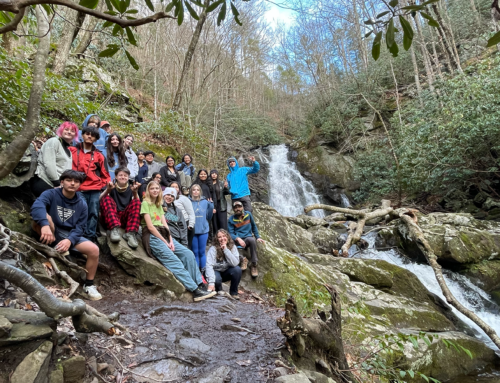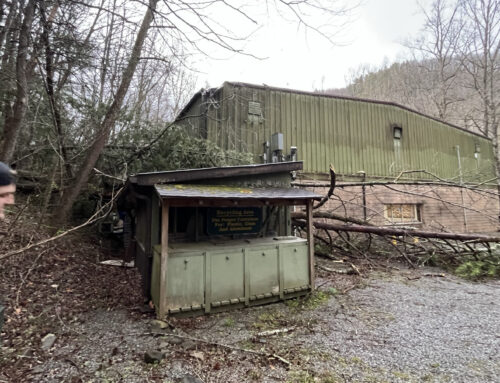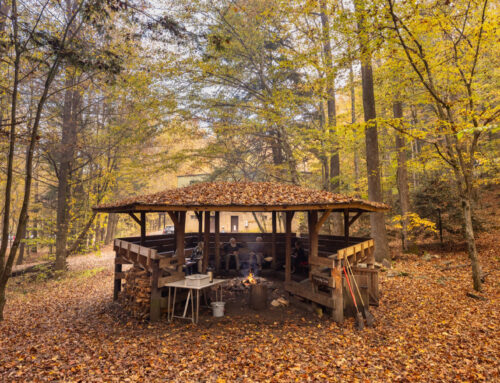If Fodderstack Could Speak: Walker Valley Lore
Written by Jeremy Lloyd, Manager of Field Programs and Collegiate Studies and author of A Home in Walker Valley: The Story of Tremont
This occasional series is named for the mountain overlooking the Walker Valley campus of Tremont Institute in Great Smoky Mountains National Park. If Fodderstack Mountain could speak, these are a few things it might reveal.
Both in scholarly circles and popular culture, the words that have been used to describe mountain people have run the gamut between admiration and condescension: “independent,” “isolated,” “fierce,” “hardy,” and “backwards,” to name a few.
Less common is hearing mountain people describe themselves in their own words. Melvin Ownby described his own people in this way:
“I know the mountain people to be very independent. They are usually able to come to a decision then stick to it. Their word was as good as if written on paper.”
Telling of their way of life, particularly the kinds of food eaten, he continued:
“They lived on what could be grown on their farms. Most eat like kings. They might not have dressed up to the fashions of the day but they had good heavy clothing for winter. A family grew what was needed. They learned to get help from the mountains. They picked several greens that grew wild. They had blackberries, huckleberries, gooseberries, and wild strawberries. These they canned, dried, made jelly, jam, and preserves. Most had honey. Several grew cane for molasses. They grew pumpkins for pies and pumpkin butter. They pickled beans, corn, and cabbage. Most all had apples, grapes, and some peaches. Their apples were canned, bleached, dried, and used for jelly. Grape jelly sure was good. They canned peaches, dried them, and made jelly from the peels. The apples also made a great cider. They also made vinegar from apples.
“All had some chickens. Not many eggs were eaten. The eggs were carried to the store and traded for coffee, sugar, soda, and salt. A large family raised two hogs for meat and lard. The bladder of a hog makes a great football, will last for several days. Us children got the bladder at hog-killing time. Corn was the most important crop. It was used for cornmeal to feed the cattle and horses. Some people used corn for moonshine whiskey too. Most people ate cornmeal three times a day. We had wheat flour for biscuits or cat heads (as biscuits were called) on Sunday morning or when company came. I’ll bet there was no problem getting the children out of bed on Sunday morning.”







